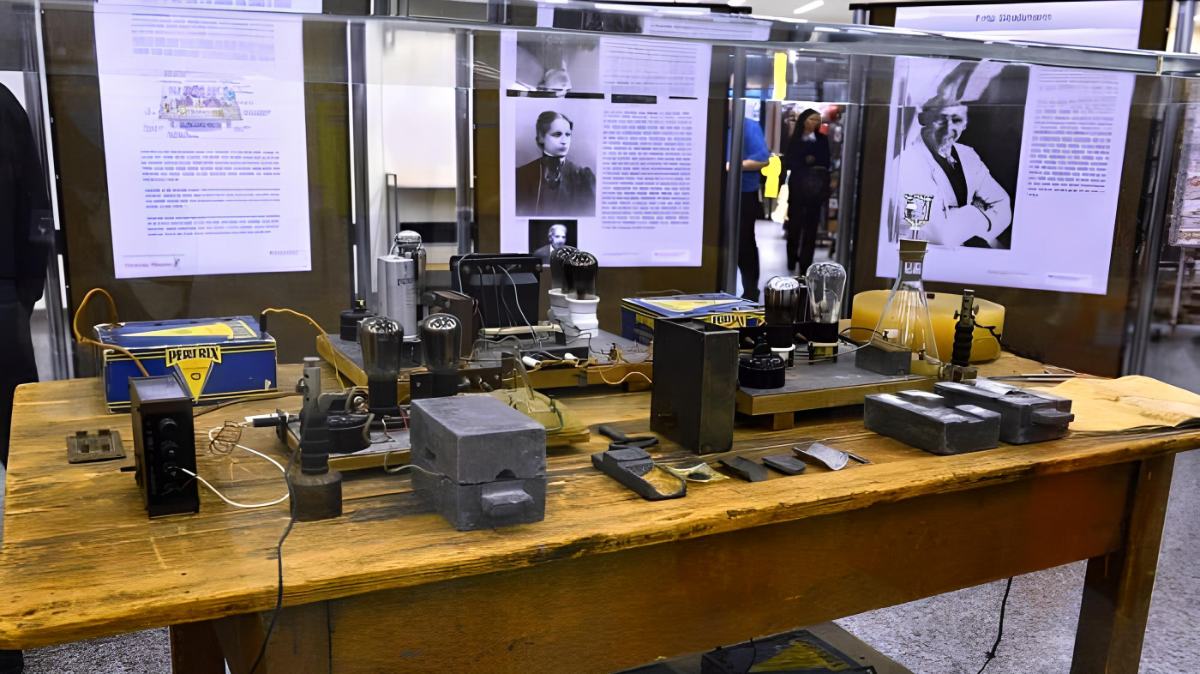An unexpected phenomenon appears to be occurring in light atomic nuclei. An experiment shows that two protons unexpectedly join frequently in light nuclei to form short-lived pairs. In this experiment, these similar pairs had a share of almost 20 percent, while five percent at most would be considered normal based on earlier observations. As they report in Nature, the physicists have no idea what caused this unexpected outcome.
The atomic nucleus is a dynamic environment where protons and neutrons are constantly interacting with one another through strong nuclear interaction.
This sometimes creates temporary combinations of excited nuclear particles. These can be short-lived helium nuclei with two protons and two neutrons, although nucleon pairs are more frequent in heavier nuclei. Two nuclear building blocks interact so intensely in this so-called short-range correlation (SRC) that their structures momentarily cross over.
Pairs That Differ Are Favored
The conventional wisdom holds that these pair formations mostly happen between neutrons and protons, the two unequal nuclear building units. Proton-neutron pairs were responsible for nearly 95% of these short-range correlations in studies of diverse elements, from carbon to lead. Only very rarely were similar pairings of neutrons or protons likewise able to be found by physicists (neutron-neutron or proton-proton).
It was once believed that this distribution held true for all types of atomic nuclei.
But now, an investigation at Virginia’s Thomas Jefferson National Accelerator Facility shows an unexpected finding: There are atomic nuclei that appear to differ from this so-called “normal” pair ratio. They form far more often than previously known pairings of two protons. In heavier atomic nuclei, there is a notable departure from the nearly total dominance of neutron-proton correlations.
Mirror Cores

The short-lived pairings in the atomic nucleus could be found thanks to a new technique the scientists had created for their investigation. They performed this by irradiating the tritium (H3) and helium-3 nuclei with electrons. These atomic nuclei are what are referred to as mirror nuclei since they both have three nuclear particles. However, helium-3 has two protons and one neutron compared to tritium’s two neutrons and one proton.
Scientists can identify whether short-lived pairs exist in these nuclei based on the direction and energy of the electrons reflected from these nuclei: This is comparable to the variation in how a ping-pong ball bounces off the windshield of a car that is going quickly or slowly.
The electron behavior during these measurements could likewise be used to infer the nature of the pairings. The ratios of these correlations in both atomic nuclei should be the same when compared with the earlier measurements.
A Surprising Number of Similar Pairs
The measurement results, however, showed something else: In the two light atomic nuclei, the proportion of comparable pairings was four times higher than predicted. Together, proton-proton and neutron-neutron pairs accounted for a sizable 20% of the correlations. Scientists didn’t anticipate such a striking departure; all they really wanted to do was measure the short-range correlations with higher accuracy. This begs the question of what makes these nuclei unique.
Physicists can only make conjectures as of now. One theory, however, is that the distance between the nuclear building blocks influences how the nucleons interact. Protons and neutrons have a bit more freedom to move around in small, light atomic nuclei. By making comparable observations in other light atomic nuclei, the study team will now attempt to determine whether this is the case.
At the Jefferson Lab accelerator, Arrington and his colleagues are already hard at work on a further experiment that will evaluate short-range correlations for isotopes of lithium, beryllium, boron, and some heavier elements.
Vital for Astrophysics and Particle Physics
Scientists are curious to know why they continue to discover surprises in such simple atomic nuclei because this may provide insight into how nucleons interact with each other nearby. For a wide range of topics and scientific studies, it is crucial to comprehend the processes in the atomic nucleus. The reason for this is that they have an impact on how elementary particles behave in collisions in particle accelerators or detectors.
Additionally, the behavior of nuclear building blocks is crucial to understanding astrophysics, as it affects processes inside neutron stars as well as nuclear fusion in the sun.



